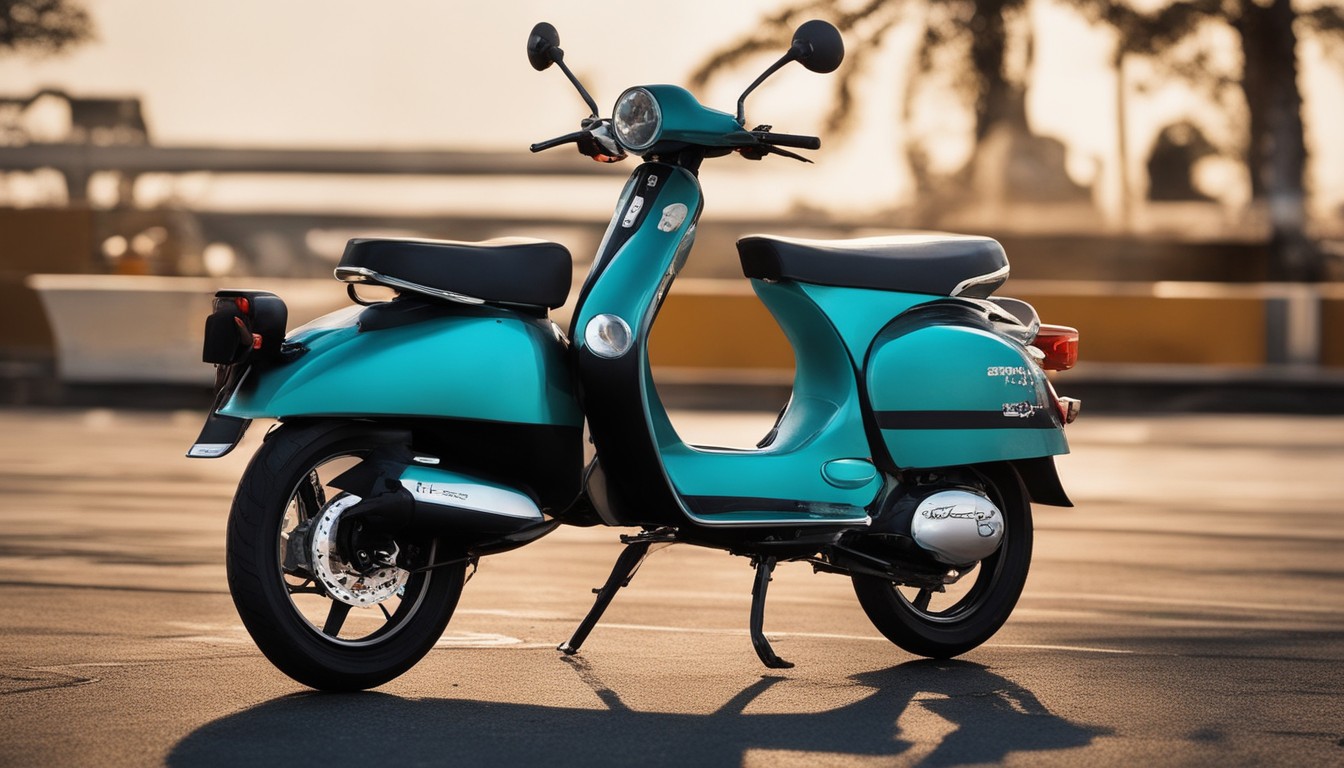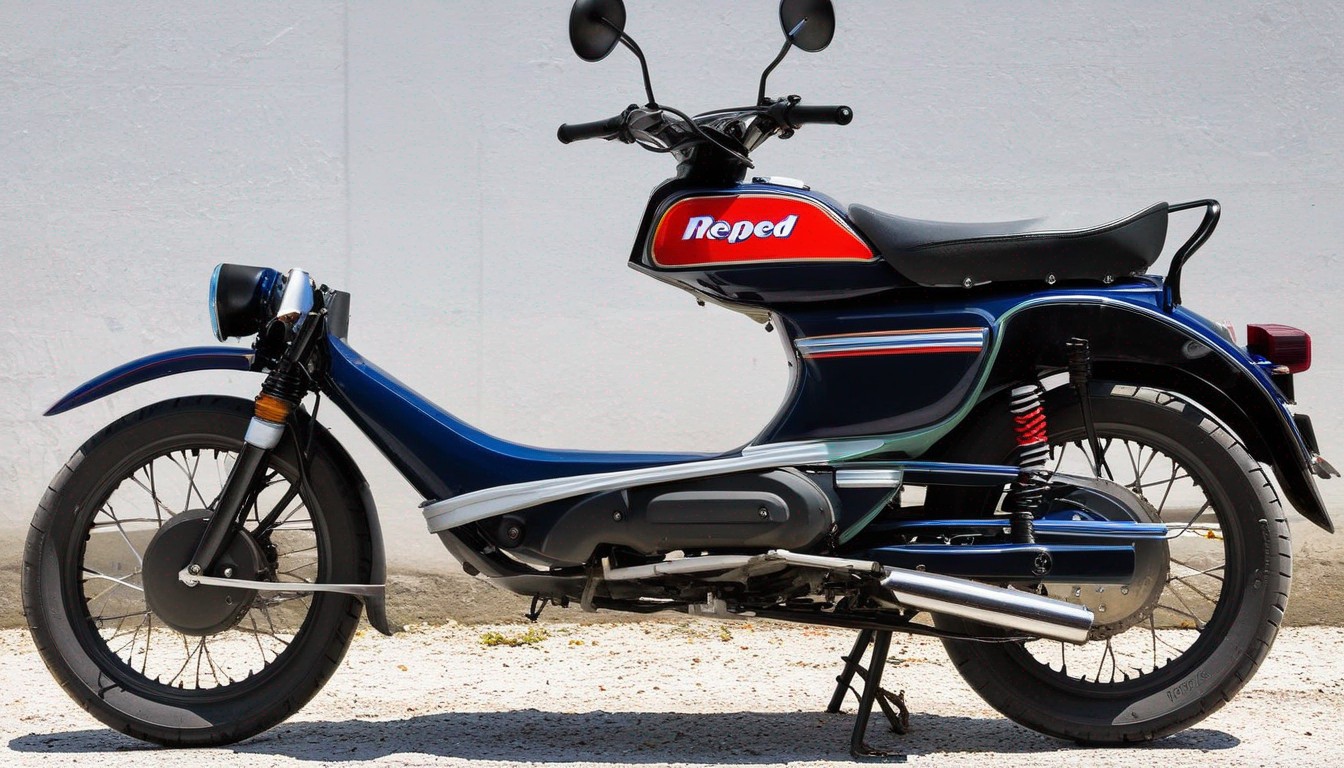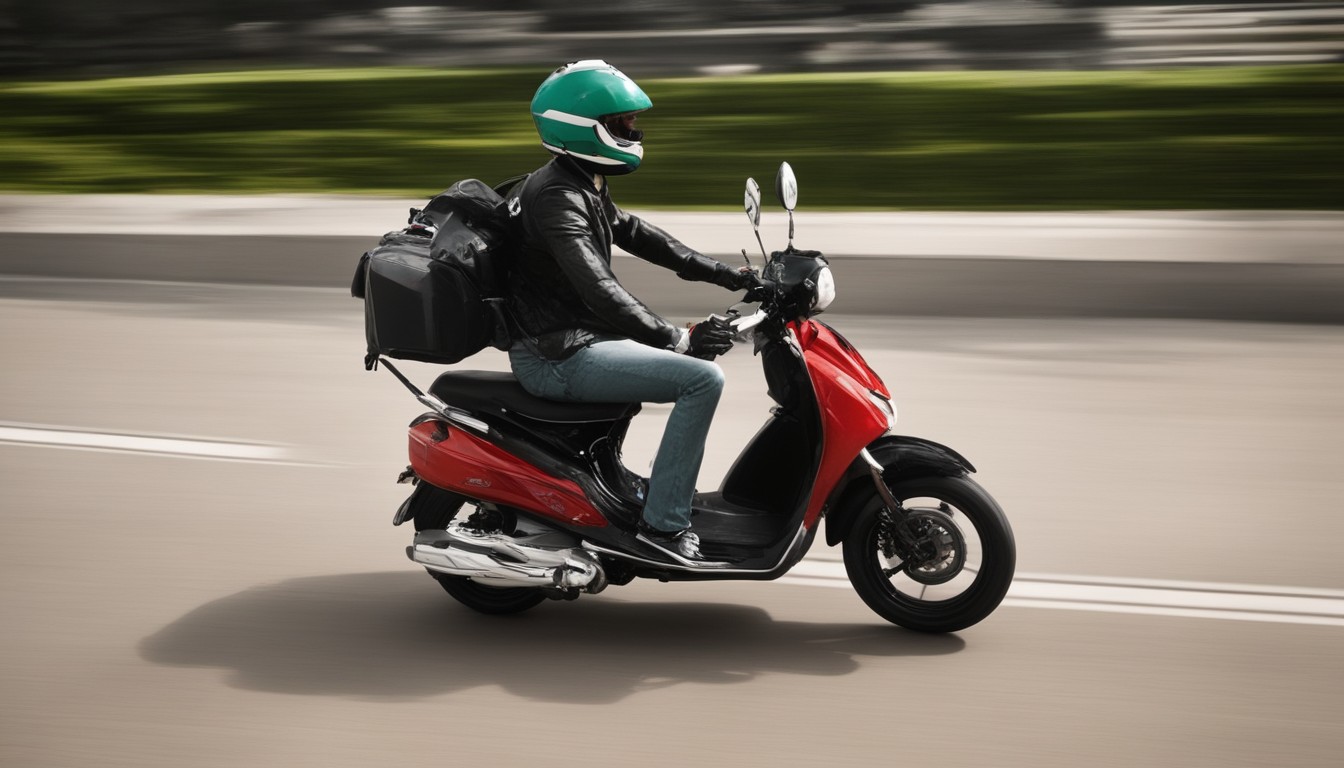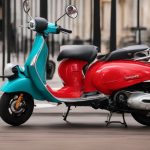Ever had that exhilarating feeling of the wind in your hair while cruising on a moped? I sure have.
But if you’re like me, there’s always that little voice in your head that whispers, “Can it go faster?” Well, good news – it can!
In this guide, I’m going to share some tips and tricks I’ve picked up along the way to help you get every bit of speed out of your trusty moped.
We’ll delve into upgrading the carburetor, increasing those cylinder head valves, and installing variator rolls – all to achieve the need for speed.
Methods to Increase Your Moped’s Speed

If you’re looking to put the pedal to the metal on your moped, check out my methods below to push your moped to its highest speed potential.
Method #1: Installing Variator Rolls
Installing the right set of variator rollers is a straightforward and budget-friendly move to fine-tune your moped’s performance.
Variator rolls are typically small cylindrical or spherical components made of steel, nylon, or other durable materials. You pop them into the variator, part of your scooter’s CVT system.
When your engine revs or chills out, these variator rollers get in on the action. They slide in and out inside the variator, playing with the effective size of the drive pulley, which is connected to your engine, and the driven pulley, which is hooked up to your wheel.
Why does this matter? Because it’s like shifting gears in a car but way smoother. Lighter rollers mean you’ll accelerate easier since the transmission holds onto a lower gear for longer. It’ll be just like you’re in lower gear in your car.
Now, if you go with heavier rollers, your scooter’s going to “upshift” a tad earlier. Sure, you might squeeze out a slightly higher top speed, but it’ll take a bit longer to get there.
Choosing the Right Variator Rolls
Choosing the right roller weight for your moped isn’t a one-size-fits-all affair. It’s a bit of an experiment that depends on various factors, including your scooter’s make and model and your weight as a rider.
A lighter roller can give you a boost in acceleration, but it could also mean your engine frequently hits its maximum RPM, potentially sacrificing a bit of top speed.
Conversely, a heavier roller may not accelerate as swiftly, but it can keep your engine RPM in check for a better top speed.
Assuming you’re riding a 50cc moped and about 100 pounds, you might find that heavier rollers still deliver excellent acceleration.
Contrastingly, a 250-pound rider might need lighter rollers to achieve a similar acceleration level. The goal is to make your scooter’s RPM climb rapidly and stay near its power peak, typically around 7000 RPM, when you open the throttle wide to start.
When you want to cruise at a speed below your top speed, simply ease off the throttle, and you should see your RPM drop accordingly. So, finding the perfect roller weight is all about striking that balance between acceleration and top speed.
Method #2: Install a Free-Flowing Air Filter
If you’re hoping to wriggle a few more miles per hour out of your trusty 50cc scooter, you should consider upgrading to a more free-flowing air filter.
It’s like giving your moped a breath of fresh air. These filters supercharge your moped’s performance by allowing a larger volume of clean air to flow through.

More air means better combustion. Better combustion translates into improved efficiency and power delivery.
These air filters aren’t just about getting your moped to its maximum speed. They sift through the air, picking out all those dusty particles and dirt that can hinder your engine’s full performance potential.
That means smoother rides, better fuel economy, and less wear and tear.
Method #3: Attach a Cylinder Head
The right high-performance cylinder head with more or larger valves can give you a boost in speed.
But speed isn’t the only game in town. An upgraded cylinder head can improve your torque, especially when tackling steep hills or rough off-road terrain.
Additionally, it can keep your engine cooler, preventing overheating and ensuring a longer-lasting, smoother ride.
Method #4: Tire Adjustments
Tires are more than just rubber; they’re your ride’s connection to the road.
Adjusting them right can amp up your moped’s speed, along with better grip and balance. So, make sure they’re properly inflated and in good shape.
Method #5: Regular Oil Changes

Regular oil maintenance keeps your engine purring like a kitten and prevents it from getting too hot under the collar. An engine that’s running smoothly is an engine that can push those speed limits.
Method #6: Upgrade the Carburetor and Jets
Now, if you’re looking to unleash the beast within your 50cc engine, consider a larger carburetor and beefier jets. These tweaks fine-tune the air-fuel mixture, giving your moped more power and speed. It’s like giving your engine bigger lungs to breathe and more push to reach those higher miles per hour.
Method #7: Spark Plug Check
If you want to give your 50cc moped an easy speed boost, look no further than your trusty spark plug. It’s one of the simplest yet most effective ways to keep your ride zipping along smoothly.
A bad spark plug can spell trouble, causing your engine to heat up and sputter to a halt.
Here’s how to do it: Start by removing the cover and gently unscrewing the cap. Flip the plug around and keep your eye peeled for sparks. If you see none, it’s time to change that old spark plug and replace it.
Final Thoughts
To conclude, I’ve shared some valuable insights on how to amp up the speed of your beloved moped.
Methods vary, from upgrading the carburetor for a breath of fresh power to fine-tuning the cylinder head valves for that extra kick, and not forgetting the variator rolls that make a world of difference in acceleration.






